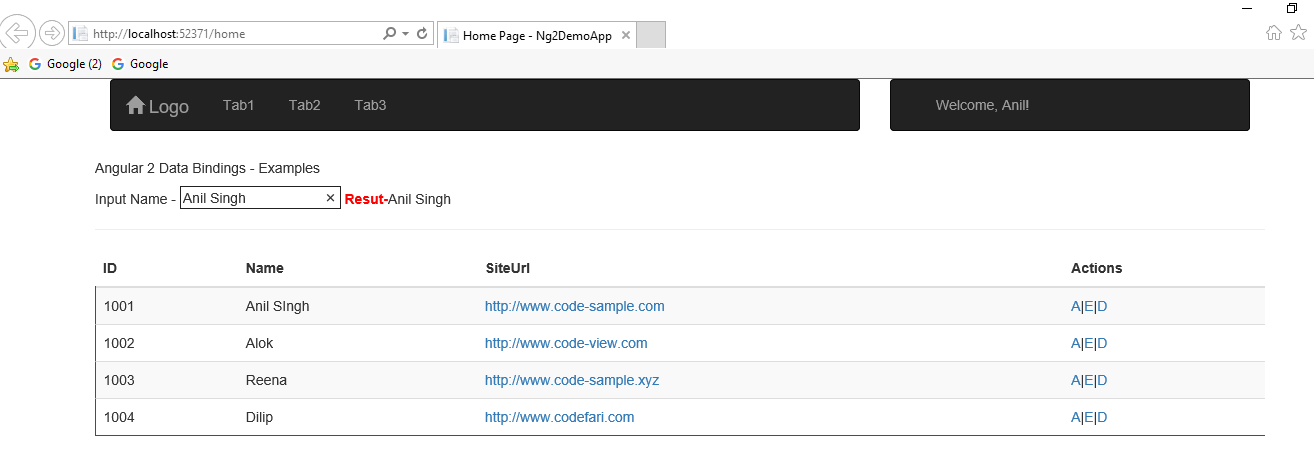

Angular 6 Class Binding Kit
This article has been updated to the latest version of 8 and tested with Angular 7. The content is likely be applicable for older Angular 2 or other previous versions.In this article, we are going to cover a new feature introduced in Angular 4. This feature is a special added syntax to the ngIf statement to make it easier to bind async data to our Angular templates.When building Angular applications, it’s likely you are working with Observables (specifically RxJS) to handle asynchronous data. Torrent palo alto networks firewall. Typically we get this async data through Angular’s Http service which returns an Observable with our data response.
Angular 6 Class Binding Conditional
The following tutorial is a part of our 100% free course Learn Angular 5 from Scratch - Angular 5 Tutorial. In the previous lesson, we defined a template along with some Sass (SCSS) styling. In order to make our project more dynamic, we can utilize interpolation, property and event binding.
We will cover three different ways of data binding and the last being the new ngIf / ngElse feature.Manual Subscription ManagementIn this first example, we are going to bind some user data to a component from an artificially created Observable that emulates a slow API connection instead of calling an API directly. We will also cover the various ways we can bind to an Observable. First, we are using a traditional.ngIf in combination with the async pipe to show our element if the user has loaded.Next is the let user; statement in the.ngIf. Here we are creating a local template variable that Angular assigns the value from the Observable.
This allows us to interact directly with our user Object without having to use the async pipe over and over.The last statement else loading tells Angular if the condition is not met to show the loading template. The loading template is denoted using the ng-template tag with a #loading template reference name.
Learn how to use and build applications in the Angular framework. This is a 'from the basics' introduction to Angular that covers various features of the framework, as well as how to create run and deploy a web application with AngularThis course covers:. Understanding the component model approach to building Angular applications. Creating components and building component trees. Implementing interactivity by responding to user events. Building an application using services. Breaking the Angular application into modules.
Making REST API calls using in-built services. Implement routing to build multi-view applications.